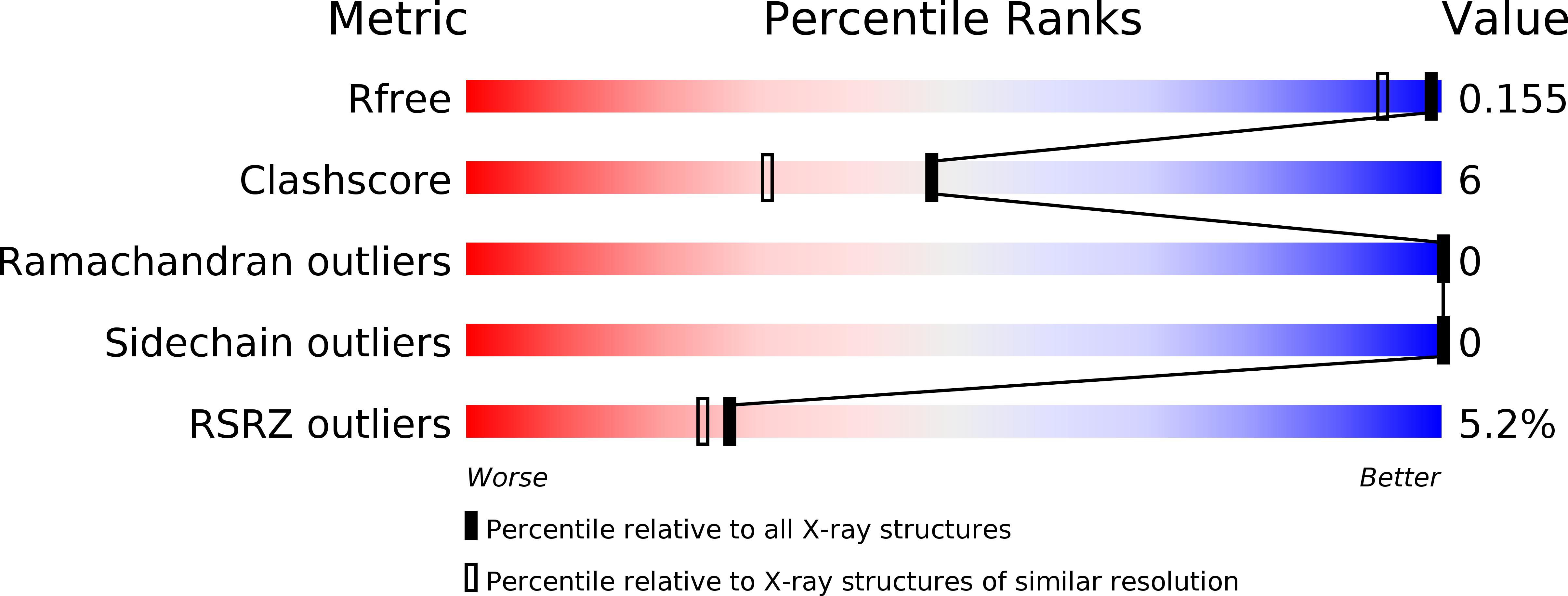
Deposition Date
2009-10-25
Release Date
2010-03-02
Last Version Date
2024-03-13
Entry Detail
PDB ID:
3A9F
Keywords:
Title:
Crystal structure of the C-terminal domain of cytochrome cz from Chlorobium tepidum
Biological Source:
Source Organism:
Chlorobaculum tepidum (Taxon ID: 1097)
Host Organism:
Method Details:
Experimental Method:
Resolution:
1.30 Å
R-Value Free:
0.15
R-Value Work:
0.13
R-Value Observed:
0.13
Space Group:
I 41


